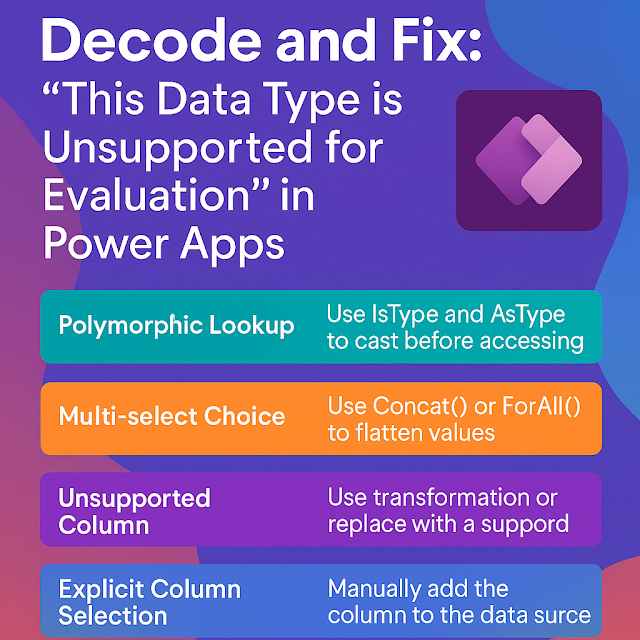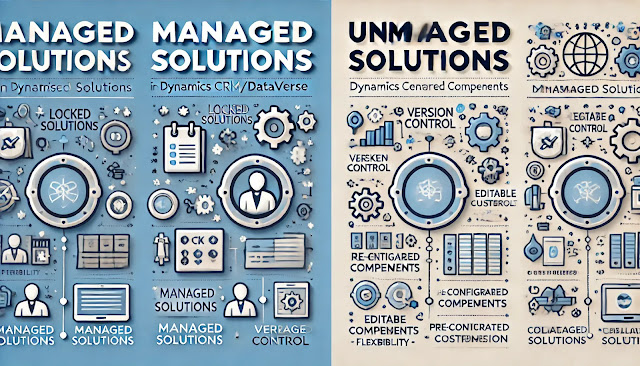Microsoft Dynamics 365 Customer Experience Analyst : Associate Microsoft Entra groups with environments
In the Power Platform, you can associate Microsoft Entra groups with environments to simplify and centralize user access management. Instead of assigning security roles to individual users, administrators can link an Entra security group or Microsoft 365 group directly to an environment. Once associated, all members of that group automatically inherit the permissions defined in the environment’s security settings. This approach streamlines onboarding and offboarding—when users are added to or removed from the group in Entra, their access is updated in the Power Platform without manual intervention. It also ensures consistency, scalability, and compliance, making it easier to manage large organizations with multiple environments while adhering to the principle of least privilege.
What It Means
Associating Microsoft Entra groups (formerly Azure AD groups) with Power Platform environments allows administrators to manage user access at scale. Instead of granting roles to each user one by one, you link a security group or Microsoft 365 group from Entra ID to the environment. All members of that group then automatically gain access based on the roles you assign.
Why It’s Important
- Centralized Access Management – Manage membership in Microsoft Entra ID and let those changes reflect automatically in the Power Platform environment.
- Scalability – Ideal for large organizations where hundreds or thousands of users need access.
- Consistency – Ensures users across business units receive the same roles and privileges.
- Security & Compliance – Supports the principle of least privilege, avoids overexposed environments, and simplifies audits.
Types of Entra Groups That Can Be Used
- Security groups → Best for role-based access control.
- Microsoft 365 groups → Useful when collaboration and access to apps, documents, and Power Platform are needed together.
How It Works (Step by Step)
1. Create or identify a group in Microsoft Entra ID (Security Group or Microsoft 365 Group).
2. Go to the Power Platform Admin Center → Choose the environment.
3. Set the environment’s security group → Associate it with the chosen Entra group.
4. Assign roles to the group within the environment (e.g., System Administrator, Basic User, Custom Security Roles).
5. Automatic Sync – When users are added or removed from the Entra group, their environment access updates accordingly.
Best Practices
- Use security groups for strict access control, and M365 groups for collaborative scenarios.
- Follow naming conventions (e.g., `PP-Env-Dev-Users`) to clearly identify environment access groups.
- Regularly review membership to avoid privilege creep.
- Use least privilege – only assign roles necessary for that group’s function.
- Align environment access with lifecycle management (e.g., Dev, Test, UAT, Production groups).
Architect’s Perspective
Strategic Security Design → An architect sees Entra groups as a way to enforce consistent, role-based access control across environments. Instead of managing users directly in Power Platform, they design a scalable model using groups (e.g., PP-Dev-Admins, PP-Prod-Users).
Governance & Compliance → Ensures environment access follows enterprise policies, audit requirements, and regulatory standards. By relying on Entra groups, architects reduce the risk of privilege creep and improve traceability.
Lifecycle Alignment → Architects map groups to environment lifecycles (Dev, Test, UAT, Prod) and define what kind of users (developers, testers, business users) belong to each.
Scalability & Maintainability → This approach allows organizations with thousands of users to be managed efficiently, ensuring that onboarding and offboarding are automated through group membership.
Developer’s Perspective
Practical Access Management → Developers benefit because they don’t need to wait for manual access approvals. If they’re added to the right Entra group, their access to environments and apps is provisioned automatically.
Role Testing & Validation → Developers can easily validate how different security roles behave by switching group membership, which helps in testing role-based access controls (RBAC).
Environment Separation → Developers gain clear boundaries—only those in the Dev group can access the Dev environment, minimizing accidental changes in higher environments like Production.
Faster Troubleshooting → If a developer can’t access an app or table, they (or admins) can quickly check group membership instead of analyzing complex manual role assignments.
In short, associating Microsoft Entra groups with environments provides a streamlined, secure, and scalable way to control access across the Power Platform.












Comments
Post a Comment